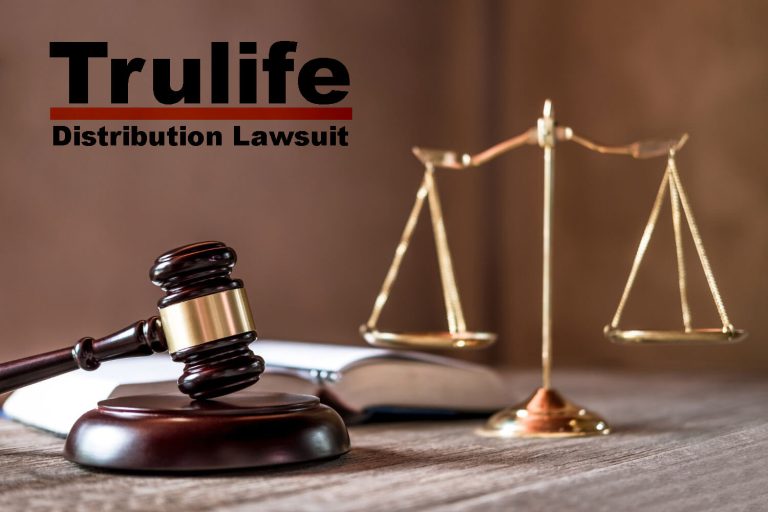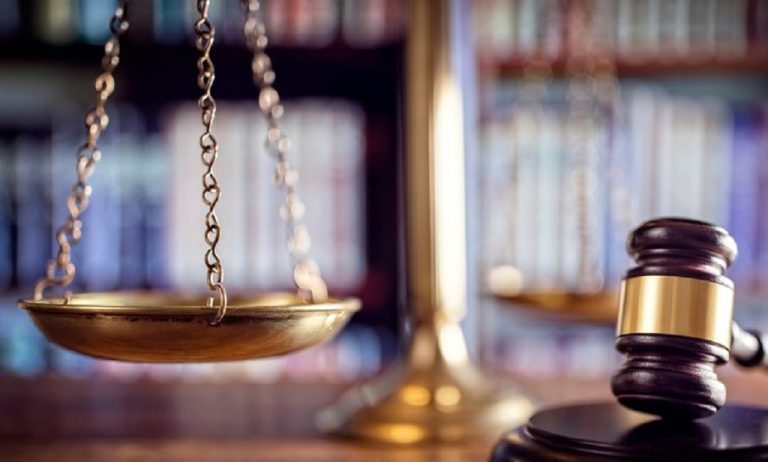The University of Metaphysical Sciences lawsuit has gained global attention. Students, alumni, and educators closely follow updates. The case highlights the intersection of education rights, accreditation rules, and student expectations. Many students enrolled seeking knowledge, growth, and recognized qualifications. However, legal challenges now question those qualifications. The lawsuit focuses on whether promises were clear and fair. Courts also weigh the impact on degrees, tuition, and institutional practices. This guide explores every detail about the University of Metaphysical Sciences Lawsuit Update. You will learn about the lawsuit’s timeline, key legal questions, student and alumni challenges, regulatory oversight, financial pressures, and wider effects on metaphysical education. Each section builds a clear picture of what lies ahead.
Background of the University of Metaphysical Sciences
To understand the lawsuit, it helps to know the university itself.
Origins and Purpose
The University of Metaphysical Sciences was founded to provide alternative education. Its programs center on meditation, healing, consciousness, and spiritual growth. Students often seek paths outside mainstream academia.
Courses and Degrees
The university offers bachelor’s, master’s, and doctoral degrees. Students learn through online platforms and distance education. Tuition is generally affordable compared to traditional universities.
Accreditation Debate
Here lies the problem. The school holds recognition from alternative organizations, but not from traditional accrediting agencies. This creates a divide between supporters and critics.
Supporters argue metaphysical sciences deserve independent recognition. Critics insist degrees should meet established standards. This debate forms the core of the lawsuit.
Timeline of the Lawsuit
The case has unfolded step by step. To understand current events, we must review the key stages.
Early Complaints
Students first raised concerns years ago. They reported employers rejected their degrees. Others claimed refund requests were denied. Online forums captured growing frustration.
Filing of Lawsuit
A group of students filed formal legal action. Allegations included misrepresentation, unclear refund terms, and consumer fraud. Regulators started investigating. Media outlets began reporting widely.
Court Hearings and Updates
Hearings began in 2023. Judges requested accreditation documents and marketing materials. Students testified about career setbacks. University representatives argued all disclosures were clear.
In 2024, courts asked for more evidence. Student financial struggles became central. University lawyers stressed freedom of educational choice.
As of 2025, hearings continue. No final ruling has been issued.
Anticipated Outcomes
Upcoming hearings will focus on refunds and recognition claims. Courts may issue partial judgments before a final decision. Both sides prepare for long legal battles.
Key Legal Questions
Before outcomes can be reached, courts must answer fundamental questions.
Accreditation Validity
The biggest issue is accreditation. Did the university suggest traditional recognition when only alternative recognition existed?
Consumer Rights
Students say marketing implied broader acceptance. Courts will decide if this violated consumer protection laws.
Refund Eligibility
Refunds remain crucial. Students want tuition back. The university argues contracts explained policies clearly.
Institutional Responsibility
Courts will also judge internal policies. Did the institution act transparently and responsibly? Or did it mislead students?
Impact on Current Students
The lawsuit affects thousands currently enrolled.
Academic Concerns
Students worry about their degree value. Employers may reject qualifications. Credits may not transfer to other schools.
Emotional Stress
Uncertainty creates anxiety. Some students press forward, focusing on spiritual growth. Others wait for legal clarity before enrolling further.
Financial Impact
Many want refunds. Some depend on loans. Courts must weigh their claims. Meanwhile, tuition payments continue.
Impact on Alumni
Graduates also face challenges.
Career Impact
Employers sometimes question degrees. Professional groups hesitate to accept credentials. Alumni worry their achievements carry less weight.
Community Response
Alumni have created support networks. Online groups share resources, updates, and legal strategies.
Divided Opinions
Some alumni defend the university. They value spiritual education regardless of recognition. Others demand accountability and refunds.
Regulatory Oversight and Accreditation Issues
This section explains why accreditation sits at the lawsuit’s center.
Accreditation Bodies
The university holds recognition from alternative agencies. Critics say these lack authority. Courts now examine if marketing implied broader acceptance.
Marketing Scrutiny
Phrases like “recognized institution” may be deemed misleading. Judges will decide if students were misled.
Possible Penalties
If misrepresentation is proven, fines or operational limits may follow. If not, the university may continue under current policies.
Financial Implications for the University
Money drives much of the tension.
Legal Costs
Defense fees, filings, and expert witnesses grow each month.
Refund Pressure
If refunds are ordered, millions could be at stake. This would threaten operations.
Institutional Survival
The university relies on tuition. Losses may affect salaries, programs, and long-term stability. Closure remains a possible outcome.
Broader Impact on Alternative Education
The lawsuit affects more than one school.
Ripple Effects
Other spiritual schools watch closely. They fear stricter oversight may follow.
Future Standards
Regulators may demand clearer disclaimers. Transparent marketing could become mandatory.
Student Trust
Students may hesitate to enroll. Trust in metaphysical programs may decline.
Media Coverage and Public Perception
Public awareness shapes the lawsuit’s impact.
News Coverage
Media outlets, blogs, and forums follow updates. Stories reach national attention.
Divided Opinion
Supporters emphasize educational freedom. Critics focus on consumer rights.
Social Media Influence
Students and alumni share stories online. Regulators issue advisories. Advocates push for reform.
Expert Insights
Experts provide valuable context.
Legal Perspectives
Lawyers highlight parallels with other education lawsuits. Accreditation often drives disputes.
Education Specialists
Specialists recommend reforms. They suggest audits, disclaimers, and policy clarity.
Spiritual Leaders
Leaders defend freedom of belief. They warn against overregulation of metaphysical teachings.
Future Outlook
The future remains uncertain.
Possible Outcomes
Courts may rule for students. Refunds could follow. The university may close.
Courts may rule for the institution. Operations could continue under scrutiny.
Likely Reforms
Either way, accreditation rules will tighten. Student protection laws may expand.
Long-Term Impact
The case will reshape alternative education. Future schools may face stricter regulation and oversight.
Comparison Table
| Aspect | University’s Position | Students’ Position | Court Focus |
|---|---|---|---|
| Accreditation | Alternative recognition is valid | Degrees misrepresented as traditional | Did marketing mislead students? |
| Refunds | Contracts explained policies | Tuition should be refunded | Were students entitled to refunds? |
| Marketing | Transparent disclosures provided | Promotional claims exaggerated | Was advertising fair and accurate? |
| Institutional Responsibility | Education freedom must be respected | School failed to protect consumer rights | Did policies meet legal standards? |
| Future Impact | Institution should continue operations | Rules must change to protect students | Will reforms be enforced industry-wide? |
Frequently Asked Questions
Is the University of Metaphysical Sciences accredited?
The school holds alternative accreditation. Courts examine if it implied broader recognition than allowed.
Can students get refunds?
Refunds depend on the ruling. Courts may order compensation if misrepresentation is proven.
Does the lawsuit affect degree validity?
Employers and associations may question degrees. Final impact depends on court decisions.
Should new students enroll now?
Enrollment continues. Many wait until legal clarity emerges. Risks remain.
What happens if the university loses?
The school may owe refunds. Operations could change or stop. Rules for other schools may tighten.
Conclusion
The University of Metaphysical Sciences lawsuit is more than a legal dispute. It represents a critical test for alternative education. Accreditation, student rights, and institutional responsibility all converge here. Students remain anxious about career outcomes. Alumni face uncertain recognition. Regulators demand clarity. The university continues to defend its mission.
The case’s outcome will shape metaphysical education’s future. Whether through stricter rules, institutional reform, or new protections, changes are coming. Transparency, fairness, and honesty will determine how alternative schools evolve. Until a judgment is reached, uncertainty remains. Students and educators must stay informed. The lessons from this lawsuit will guide the next era of spiritual education.




